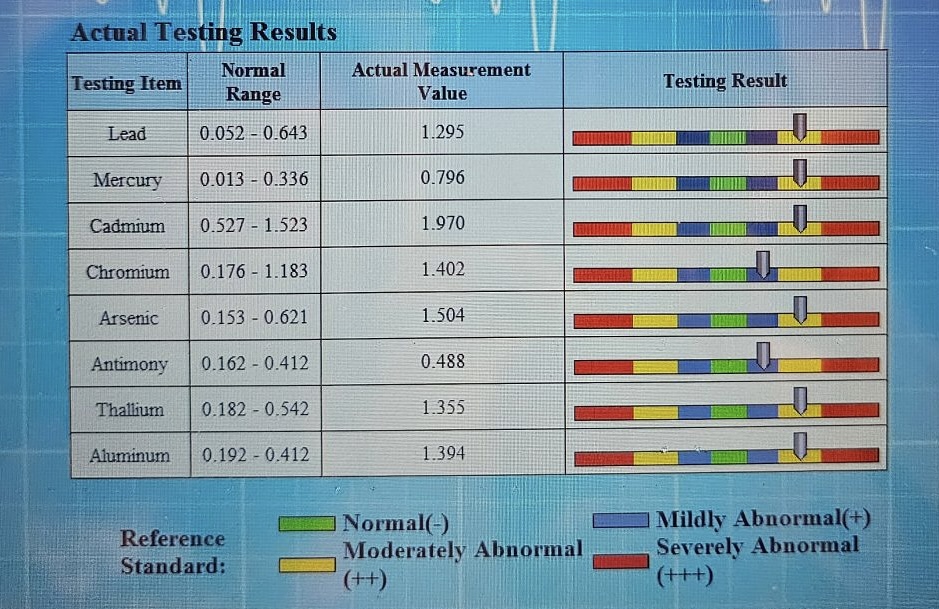Understanding Heavy Metal Imbalances: Causes, Symptoms, and Solutions
Introduction
Heavy metal imbalances in the body can lead to a range of health issues. Understanding the sources, symptoms, and corrective measures is crucial for maintaining optimal health.

Exposure to high levels of heavy metals, including lead, mercury, cadmium, and arsenic, poses serious health risks due to their toxic nature. These metals can build up in the body over time, causing both immediate and long-term health problems. Elevated heavy metal levels can lead to neurological issues, developmental delays in children, kidney damage, and even cancer. They disrupt the body’s ability to process essential nutrients, resulting in additional health challenges. Symptoms of heavy metal poisoning may include abdominal pain, fatigue, nausea, and mood or behavior changes. It is essential to minimize exposure by implementing strict industrial regulations, ensuring safe handling practices, and regularly monitoring environmental and workplace conditions. Reducing contamination in food, water, and air, along with raising public awareness, can help alleviate these health concerns.
Causes of Heavy Metal Imbalances
- Environmental Exposure: Industrial pollution, contaminated water, and air can introduce metals like lead and mercury into the body.
- Dietary Sources: Consuming fish high in mercury or foods grown in contaminated soil can contribute to metal accumulation.
- Occupational Hazards: Jobs in manufacturing, mining, or construction may expose individuals to harmful metals.
- Dental Fillings: Amalgam fillings can release mercury over time.
Common Symptoms
- Fatigue and weakness
- Cognitive difficulties and memory problems
- Digestive issues
- Headaches
- Joint and muscle pain
Diagnosis and Testing
Heavy metal testing typically involves blood, urine, or hair analysis to determine the levels of various metals in the body.
Solutions and Treatment Options
- Chelation Therapy: A medical procedure that uses chelating agents to bind and remove heavy metals from the body.
- Dietary Adjustments: Incorporating foods rich in antioxidants and fiber can help detoxify the body.
- Avoidance of Contaminants: Reducing exposure to known sources of heavy metals is critical.
- Supplements: Certain supplements, like vitamin C, zinc, and selenium, may support detoxification processes.
Preventive Measures
- Use water filters to reduce exposure to contaminated water.
- Choose seafood wisely, opting for those with lower mercury levels.
- Be mindful of occupational safety practices to minimize exposure risks.
Conclusion
Addressing heavy metal imbalances involves a combination of reducing exposure, supporting the body’s detoxification processes, and seeking professional medical advice when necessary. Maintaining awareness and taking proactive steps can lead to better overall health and well-being.

Leave a Reply